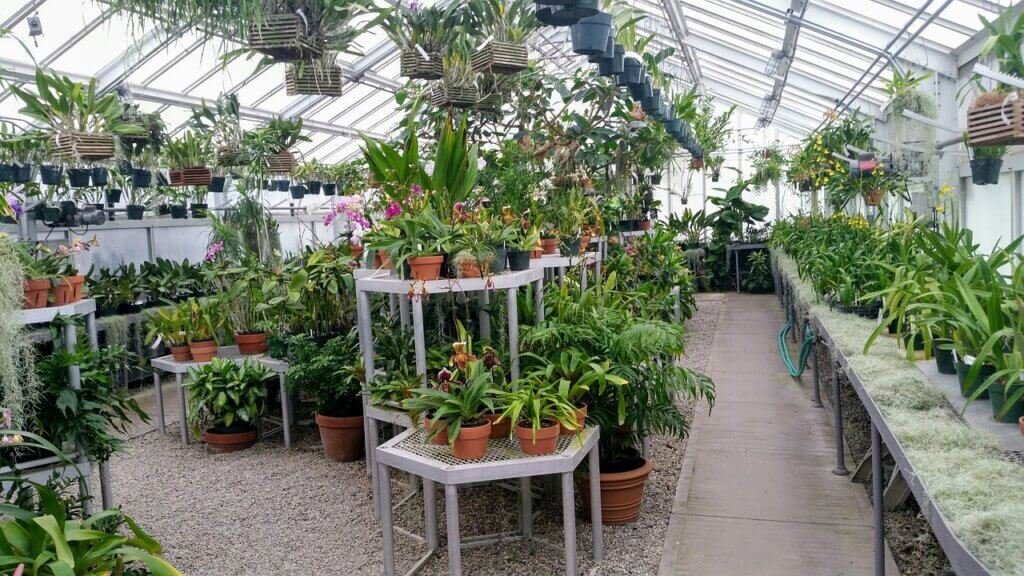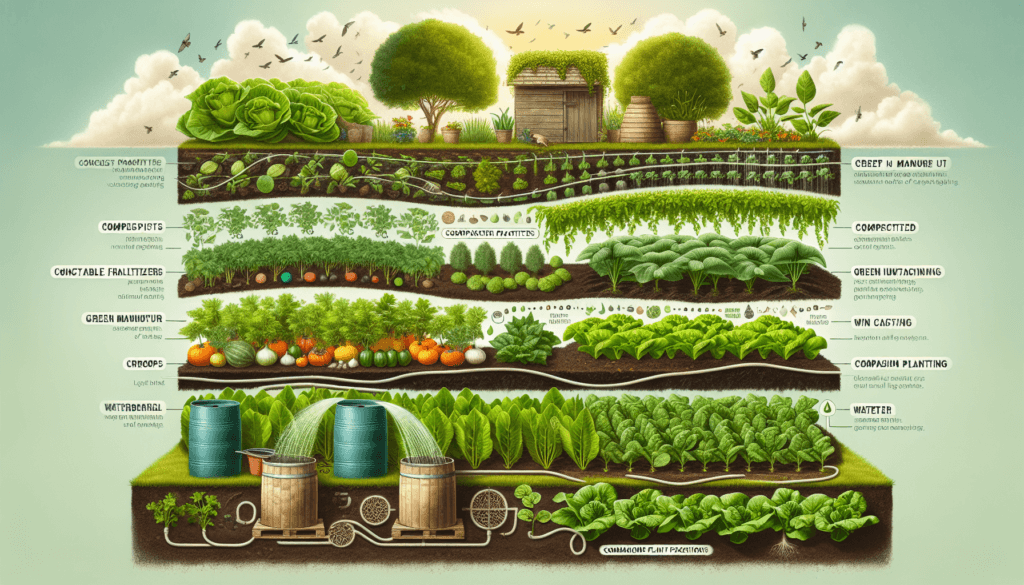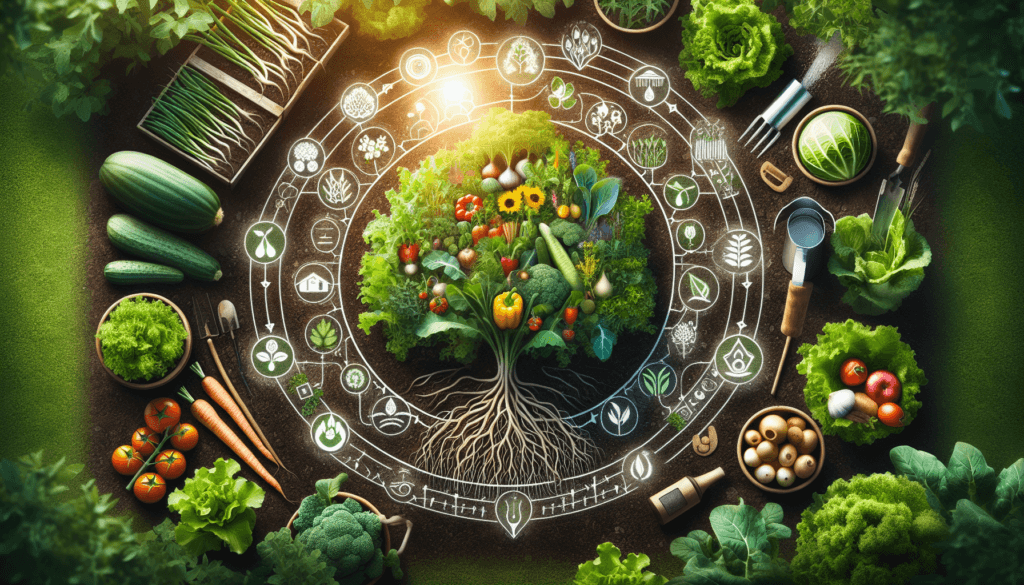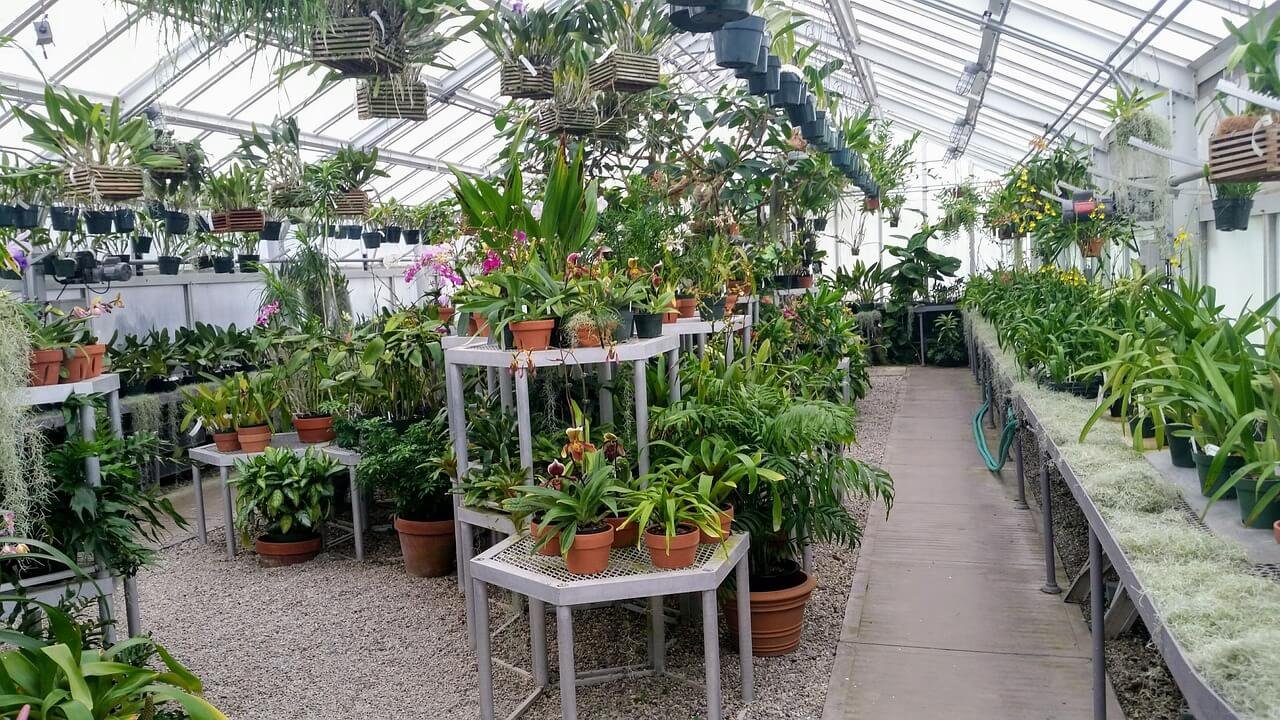In this article, you will discover a variety of eco-friendly solutions that can be applied to your organic vegetable garden. These solutions are not only beneficial for the environment, but also for the overall health and vitality of your plants. By incorporating these practices into your gardening routine, you can create a sustainable and bountiful garden that thrives without the use of harmful chemicals or pesticides. From composting and companion planting to using natural pest control methods, you will find a range of options to enhance your eco-friendly gardening experience.
Choosing the Right Location
When it comes to organic vegetable gardening, choosing the right location is essential for the success of your garden. There are several factors to consider, including sunlight requirements, soil quality, and proximity to a water source.
Sunlight Requirements
One of the most crucial factors in choosing a location for your vegetable garden is the amount of sunlight it receives. Most vegetables require at least 6-8 hours of direct sunlight each day to thrive. Before deciding on a spot, observe the area throughout the day to determine if it gets enough sun exposure. Avoid areas that are shaded by trees or buildings, as this can hinder the growth of your plants.
Soil Quality
Another important consideration is the quality of the soil. Organic vegetables thrive in well-draining soil that is rich in nutrients. Conduct a soil test to determine the pH level and nutrient content of the soil. If the soil is too acidic or lacks essential nutrients, you can amend it with organic matter such as compost or aged manure. Avoid areas with compacted soil or heavy clay, as these can impede root growth and drainage.
Proximity to Water Source
Having a reliable water source nearby is essential for the health and vitality of your vegetable garden. Vegetables require consistent moisture, especially during hot summer months. Choose a location that is in close proximity to a water source, whether it be a hose or a rainwater collection system. This will make it easier for you to provide your plants with the water they need without wasting it.
Implementing Water Conservation
Water conservation is a key aspect of organic vegetable gardening. By implementing strategies such as rainwater collection, drip irrigation, and mulching, you can minimize water waste and ensure your plants receive the right amount of hydration.
Rainwater Collection
Collecting rainwater is an excellent way to conserve water and reduce your reliance on municipal sources. Set up a rain barrel or a rainwater harvesting system to capture rainwater runoff from your roof. This water can then be used to irrigate your vegetable garden during dry spells, reducing the need for treated water.
Drip Irrigation
Drip irrigation is a highly efficient watering method that delivers water directly to the roots of your plants. This minimizes evaporation and ensures that water is used more efficiently. Set up a drip irrigation system in your garden, using soaker hoses or drip emitters to deliver water directly to the base of each plant. This method can reduce water usage by up to 50% compared to traditional sprinkler systems.
Mulching
Applying a layer of organic mulch around your plants can help retain soil moisture and prevent weed growth. Mulch acts as a barrier, reducing evaporation and keeping the soil cool and moist. Choose organic materials such as straw, wood chips, or leaves and spread a layer around your plants. This will not only conserve water but also improve soil health by gradually decomposing and adding nutrients to the soil.

Composting for Soil Enrichment
Composting is an effective and environmentally-friendly way to enrich your soil, improve its structure, and provide essential nutrients to your plants. There are various types of composting methods to choose from, and each has its own benefits.
Types of Composting
There are three main types of composting: hot composting, cold composting, and vermicomposting. Hot composting involves mixing organic materials such as kitchen scraps, yard waste, and manure in specific ratios and providing optimal conditions for decomposition. Cold composting, on the other hand, involves layering organic materials and allowing them to decompose slowly over time. Vermicomposting utilizes worms to break down organic matter into nutrient-rich vermicompost.
Composting Techniques
To start composting, choose a spot in your garden or yard where you can create a compost pile or set up a compost bin. Add a mix of green and brown materials, such as kitchen scraps, grass clippings, leaves, and shredded paper. Turn the compost regularly to aerate it and accelerate the decomposition process. Keep the compost moist but not soggy. In vermicomposting, set up a worm bin and feed your worms with fruit and vegetable scraps. They will convert the organic matter into nutrient-rich castings.
Using Compost in the Garden
Once your compost is ready, you can use it to enrich your garden soil. Spread a layer of compost over your garden beds and gently rake it into the top few inches of soil. This will improve soil fertility, structure, and moisture retention. Compost also acts as a natural slow-release fertilizer, providing a steady supply of nutrients to your plants throughout the growing season.
Organic Pest Management
Managing pests without the use of harmful chemicals is a critical aspect of organic vegetable gardening. By implementing organic pest management strategies, you can protect your plants from pests while maintaining the overall health of your garden ecosystem.
Companion Planting
Companion planting involves growing certain plants together to deter pests or attract beneficial insects. For example, planting marigolds near tomatoes can help repel aphids, while growing basil near peppers can deter pests such as whiteflies. Research companion planting combinations that work well with the vegetables you are growing and incorporate them into your garden plan.
Natural Predators
Encouraging natural predators in your garden is an effective way to control pests organically. Ladybugs, lacewings, and praying mantises are natural predators that feed on common garden pests such as aphids, caterpillars, and mites. By providing a habitat for these beneficial insects with native plants, birdhouses, or insect hotels, you can establish a balanced ecosystem where pests are kept under control naturally.
Organic Pest Control Products
If pests become a significant issue in your garden, there are organic pest control products available that are safe for both your plants and the environment. Neem oil, for example, is derived from the neem tree and acts as a natural insecticide, killing or repelling pests without harming beneficial insects. Diatomaceous earth is another organic pest control option that works by dehydrating and killing insects. Use organic pest control products sparingly and as a last resort to minimize their impact on your garden ecosystem.

Crop Rotation: Increasing Soil Fertility
Crop rotation is a technique that involves systematically changing the location of different vegetable crops in your garden each year. It is done to improve soil fertility, control pests and diseases, and maintain a healthy balance in the garden ecosystem.
Understanding Crop Rotation
Crop rotation is based on the principle that different plants have different nutrient needs and are susceptible to different pests and diseases. By rotating crops, you can prevent the buildup of pests and diseases in the soil and optimize nutrient availability. Create a crop rotation plan by dividing your garden into different sections and assign specific vegetable families to each section, ensuring that plants from the same family are not planted in the same section consecutively.
Benefits of Crop Rotation
Crop rotation offers numerous benefits for organic vegetable gardening. It helps break pest and disease cycles by interrupting their life cycles and reducing their impact on your plants. Rotating crops also helps prevent nutrient depletion in the soil since different plants have different nutrient requirements. Additionally, it improves soil structure by promoting root diversity and can even attract beneficial insects that are specific to certain vegetable families.
Example Crop Rotation Plan
Here is an example of a simple three-year crop rotation plan:
Year 1: Plant members of the nightshade family (tomatoes, peppers, eggplants) in Section A, members of the brassica family (cabbage, broccoli, kale) in Section B, and members of the legume family (beans, peas) in Section C.
Year 2: Move the nightshade family to Section B, the brassica family to Section C, and the legume family to Section A.
Year 3: Rotate the nightshade family to Section C, the brassica family to Section A, and the legume family to Section B.
By following a crop rotation plan, you can maintain a healthy and fertile soil while also managing pests and diseases effectively.
Using Organic Fertilizers
Organic fertilizers provide essential nutrients to your plants while promoting soil health and minimizing negative environmental impact. By choosing the right organic fertilizers and using appropriate application methods, you can nourish your plants in a sustainable manner.
Benefits of Organic Fertilizers
Organic fertilizers offer several benefits compared to synthetic counterparts. They release nutrients slowly, providing a continuous supply that is less likely to cause nutrient imbalances or leaching. Organic fertilizers also improve soil structure, water-holding capacity, and microbial activity. Additionally, they are environmentally friendly, as they are derived from natural sources and do not contribute to water pollution or soil degradation.
Types of Organic Fertilizers
There are various types of organic fertilizers to choose from, each with its own nutrient composition and application method. Some common types include compost, aged manure, bone meal, fish emulsion, and seaweed extract. Choose a fertilizer based on the specific nutrient needs of your plants and the soil conditions in your garden.
Application Methods
When applying organic fertilizers, it is crucial to follow the recommended rates and application methods to avoid over or under fertilizing your plants. Broadcast the fertilizer evenly over the soil surface and incorporate it into the top few inches of soil. This will ensure that the nutrients are readily available to your plants’ roots. Avoid applying fertilizer too close to the stems of your plants, as this can cause root burn. Water the area after fertilization to activate the release of nutrients.

Choosing the Right Vegetables
Selecting the right vegetables for your garden is key to a successful organic vegetable gardening experience. Consider factors such as native and adapted plants, heritage varieties, and disease-resistant varieties.
Native and Adapted Plants
Choosing native and adapted plants ensures that your vegetables are well-suited to the local climate and conditions. These plants are acclimated to the region’s temperature, rainfall, and soil conditions, making them more resilient and less prone to stress or disease. Research which vegetables are native or adapted to your area and prioritize them in your garden.
Heritage Varieties
Heritage varieties, also known as heirloom varieties, are traditional cultivars that have been passed down through generations. These varieties often have unique flavors, colors, and characteristics that have been lost in commercial hybrids. By growing heritage varieties, you can help preserve genetic diversity and enjoy the flavors of the past. Look for heritage seeds or seedlings from reputable sources and incorporate them into your vegetable garden.
Disease-Resistant Varieties
Certain vegetables are bred to be resistant or tolerant to specific diseases that commonly affect their species. When selecting vegetables, check for disease-resistant varieties to reduce the risk of crop loss and the need for chemical interventions. Consult seed catalogs or your local extension office for recommendations on disease-resistant varieties that are suitable for your area.
Reducing Waste Through Harvest and Storage
Efficient harvesting techniques and proper storage methods can help minimize waste in your organic vegetable garden. By handling and storing your harvested produce correctly, you can extend its shelf life and reduce the amount of food that goes to waste.
Harvesting Techniques
When harvesting vegetables, use sharp garden shears or a knife to ensure clean cuts and minimize damage to the plants. Harvest leafy greens by gently pulling the outer leaves, allowing the inner leaves to continue growing. For root vegetables, carefully loosen the soil around the base of the plant and lift them out. Harvest fruits and vine vegetables when they are fully ripe but before they become overripe to maximize their flavor and storage potential.
Proper Storage Methods
Proper storage is crucial for preserving the freshness and quality of your harvested vegetables. Clean off any dirt or debris, and avoid washing them until just before use, as excess moisture can promote spoilage. Store root vegetables such as carrots and potatoes in a cool, dark, and well-ventilated area to prevent sprouting or rot. Leafy greens can be stored in the refrigerator, preferably in airtight containers or plastic bags to retain moisture.
Preservation Techniques
To further reduce waste, consider preserving excess harvests through methods such as canning, freezing, or pickling. These techniques allow you to enjoy your organic vegetables even after the growing season is over. Canning involves sealing vegetables in jars using a hot water bath or pressure canner, while freezing requires blanching and storing in freezer-safe containers. Pickling involves preserving vegetables in a vinegar-based brine, enhancing their flavor and extending their shelf life.

Creating a Habitat for Beneficial Wildlife
Encouraging beneficial wildlife in your garden can help create a balanced ecosystem and promote natural pollination, pest control, and overall garden health. By providing the right habitat and resources, you can attract bees, butterflies, birds, and other beneficial insects to your organic vegetable garden.
Attracting Bees and Pollinators
Bees and other pollinators play a crucial role in the reproduction of many vegetable plants. To attract them to your garden, plant native flowers that provide nectar and pollen, such as lavender, sunflowers, and coneflowers. Avoid using chemical pesticides that can harm bees and provide a source of water, such as a shallow dish filled with pebbles or marbles.
Providing Shelter for Beneficial Insects
Beneficial insects, such as ladybugs and lacewings, help control pests by feeding on aphids, mites, and other harmful insects. Create shelters for these insects by incorporating native plants, such as yarrow and dill, into your garden. These plants provide a habitat and a food source for beneficial insects, encouraging them to stay and help you keep pest populations in check.
Encouraging Birds and Butterflies
Birds and butterflies not only add beauty to your garden but also contribute to its overall health. Plant native flowering plants, such as milkweed and butterfly bush, to attract butterflies. Install bird feeders and birdhouses to attract a variety of bird species that will eat insects and help control pest populations. Providing a water source, such as a birdbath or shallow dish, will also attract birds and butterflies to your garden.
Using Natural Weed Control Methods
Weed control is an ongoing challenge in any garden, but by employing natural methods, you can minimize the use of harmful chemicals and maintain an eco-friendly approach to organic vegetable gardening.
Mulching and Smothering
Mulching is not only useful for water conservation but also for weed suppression. Apply a layer of organic mulch such as straw, wood chips, or leaves around your plants to block sunlight and prevent weed growth. Another smothering technique is the use of landscape fabric or cardboard to cover areas prone to weeds. This deprives weeds of sunlight and inhibits their growth.
Hand Weeding
Regularly inspect your garden and pull out weeds by hand before they have a chance to establish deep roots or spread seeds. Ensure that you remove the entire weed, including the roots, to prevent regrowth. Hand weeding is a labor-intensive task, but it allows you to precisely target weeds without harming your vegetable plants or the surrounding soil.
Vinegar as a Herbicide
Vinegar can be an effective natural herbicide for controlling weeds. The acetic acid in vinegar acts as a desiccant, drying out the weed’s foliage and killing it. Mix vinegar with water to create a solution, and spray it directly on the weeds, taking care to avoid contact with desirable plants. Be cautious when applying vinegar, as it can also damage soil structure and acidify the soil if used excessively.
By implementing these natural weed control methods, you can effectively manage weeds while maintaining a healthy and chemical-free garden environment.
In conclusion, organic vegetable gardening requires careful consideration of various factors such as location, water conservation, soil enrichment, pest management, crop rotation, fertilization, vegetable selection, waste reduction, wildlife habitat, and weed control. By following these eco-friendly solutions and implementing sustainable practices, you can cultivate a thriving vegetable garden that benefits both you and the environment. Happy gardening!



